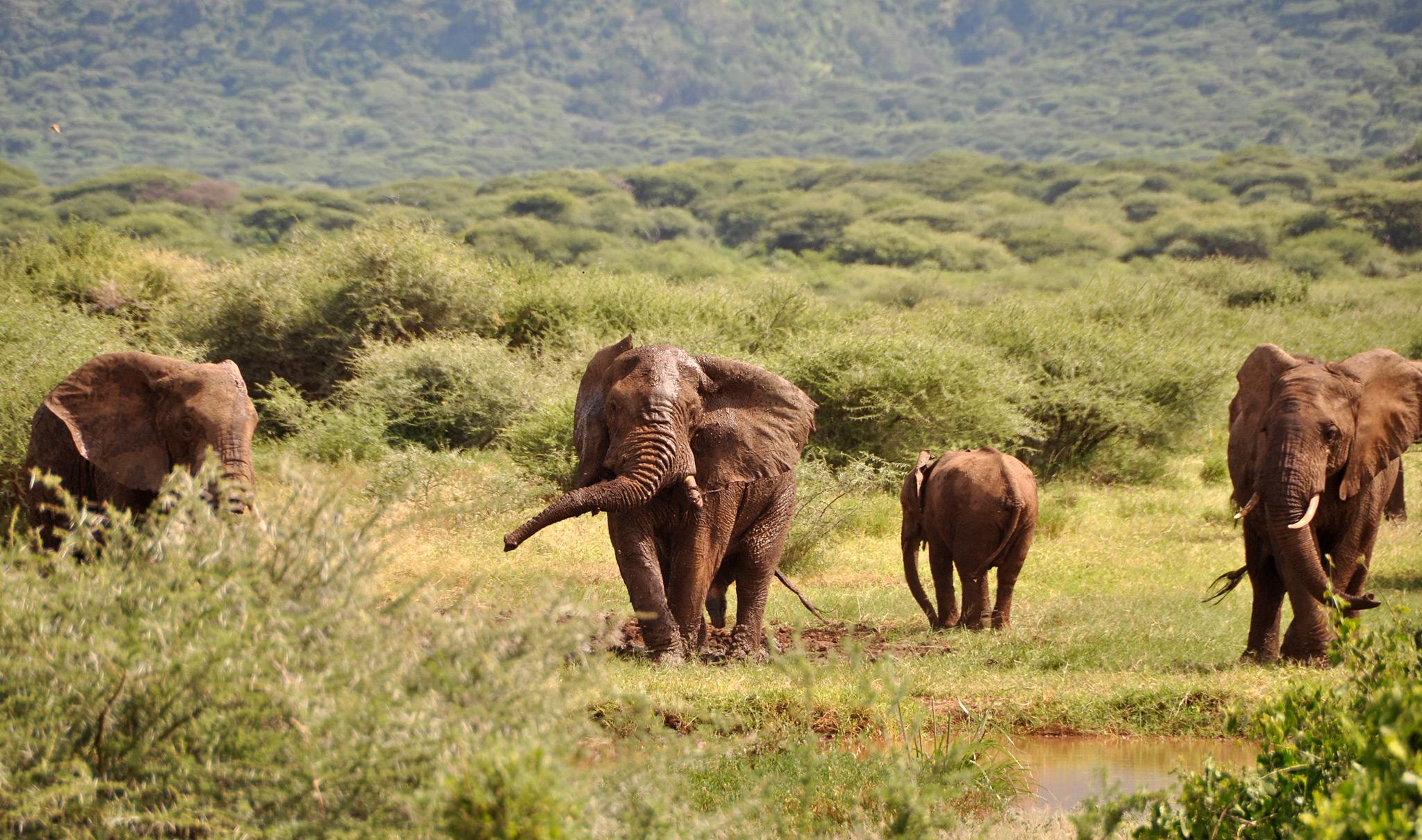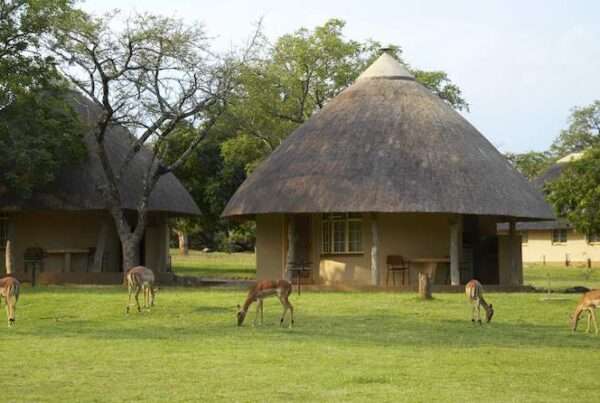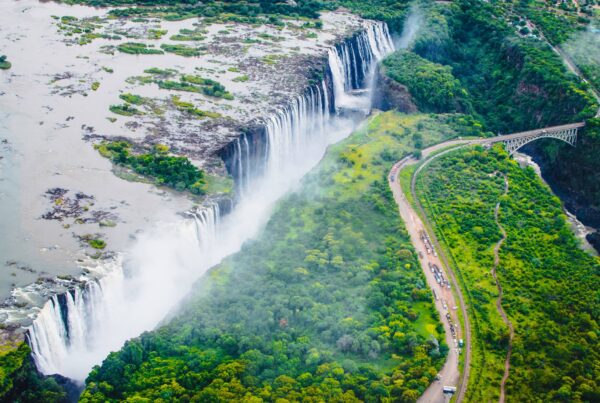Parks and Reserves in Uganda: Exploring the Untamed Pearl of Africa
NATIONAL PARKS
WILDLIFE RESERVES
A Land Where Wilderness Roars Loudest
Tucked away in the heart of East Africa lies Uganda, a country of astonishing biodiversity, raw natural beauty, and a magnetic allure for nature lovers. Often overshadowed by its more famed neighbors, Uganda remains one of Africa’s best-kept safari secrets. Its national parks and reserves, though lesser known, host some of the most captivating wildlife spectacles and diverse landscapes found anywhere on the continent. From the snow-capped peaks of the Rwenzori Mountains to the roaring waterfalls of Murchison and the primal depths of Bwindi Impenetrable Forest, Uganda’s protected areas offer a mosaic of life that is both pristine and soul-stirring.
Uganda’s Conservation Network: A Vision Rooted in Wilderness
The story of Uganda’s parks and reserves is not just one of tourism, but of deep conservation values and ecological importance. The country is home to ten national parks and over a dozen wildlife reserves, each managed to preserve the region’s endangered ecosystems, protect native flora and fauna, and support sustainable tourism that benefits local communities.
This network of protected lands plays a pivotal role in maintaining regional biodiversity. Uganda lies at the crossroads of East African savannahs and Central African rainforests, creating a unique ecological overlap that hosts a remarkable range of species. In these habitats thrive over 1,000 bird species, nearly 350 mammal species, including half of the world’s remaining mountain gorillas, chimpanzees, lions, elephants, and a plethora of smaller creatures.
The Iconic Parks That Define Uganda’s Wilderness
Among Uganda’s vast conservation lands, certain parks stand out—not just for their wildlife, but for their awe-inspiring settings, cultural heritage, and the life-changing experiences they offer.
Bwindi Impenetrable National Park, a UNESCO World Heritage Site, is arguably Uganda’s crown jewel. Known globally for its population of mountain gorillas, it draws primate enthusiasts and researchers alike. Trekking through the ancient misty forest, visitors are led by expert trackers deep into the undergrowth where gorilla families go about their day, unbothered by human presence. Few experiences on Earth match the intensity and intimacy of locking eyes with a wild silverback in his domain. The forest is also a stronghold of biodiversity, teeming with rare butterflies, endemic birds, and ancient tree species.
In the north, Murchison Falls National Park boasts an entirely different spectacle. The Nile, Africa’s longest river, thunders through a narrow gorge only seven meters wide, exploding into a cascade of mist and rainbow-hued spray. Below the falls, the river fans out into a delta that nourishes a rich plain, attracting herds of elephants, giraffes, and buffaloes, as well as hippos and crocodiles in its waters. Game drives here are complemented by river safaris that bring visitors remarkably close to the wildlife.
Queen Elizabeth National Park, stretching along the Albertine Rift Valley, is a mosaic of grassland savannah, crater lakes, and swampy channels. This diversity makes it one of the most species-rich parks in East Africa. Tree-climbing lions in Ishasha, a rare and curious behavior, are a highlight. The Kazinga Channel, which connects Lake George and Lake Edward, offers boat cruises that glide past dense concentrations of hippos, water birds, and shoreline-dwelling mammals.
A Haven for Primates and Predators
Uganda’s allure extends beyond its megafauna. The country is one of the few in the world where it is possible to track chimpanzees in the wild. In Kibale National Park, travelers embark on forest treks through tangled fig trees and echoing canopies to observe the complex social lives of chimpanzee troops. These intelligent primates, closely related to humans, are known for their vocalizations, tool use, and expressive behavior.
Meanwhile, Kidepo Valley National Park, lying far to the northeast, offers a wilder, more remote safari experience. Here, the wilderness remains largely untouched by mass tourism. The open plains and rugged mountains resemble a timeless Eden where cheetahs, lions, and leopards roam freely. It is also the best place in Uganda to see ostriches and large herds of Cape buffalo, often set against fiery sunsets and golden grasses.
Reserves and Wetlands: The Unsung Sanctuaries
Beyond the national parks, Uganda’s wildlife reserves and wetland systems contribute immensely to its conservation ethos. These lesser-known sites offer solitude, birdwatching opportunities, and immersion in untouched landscapes.
Semuliki Wildlife Reserve and the adjoining Semuliki National Park represent a transition zone between the dense Congo Basin forests and the East African grasslands. The reserve is one of Uganda’s most important areas for birdlife, hosting species rarely seen elsewhere on the continent, including the elusive shoebill stork.
Ziwa Rhino Sanctuary, though not a natural reserve in the traditional sense, plays a crucial role in Uganda’s rhino reintroduction efforts. After being wiped out in the 1980s due to poaching and conflict, white rhinos are now being bred and protected here, with hopes of re-establishing wild populations in national parks in the future. Walking safaris through Ziwa allow visitors to observe these prehistoric-looking giants on foot, under expert guidance.
Uganda’s Wetlands and Birding Havens
Uganda is also globally recognized as a birding paradise, with sites like Mabamba Swamp, Echuya Forest Reserve, and the Sango Bay area drawing ornithologists from around the world. Mabamba, in particular, is revered as a top location to spot the shoebill, a prehistoric-looking bird that is both mysterious and captivating. These wetlands are not just vital for biodiversity—they play a key role in flood regulation, climate balance, and the livelihoods of local fishing communities.
Community Involvement and Cultural Heritage
One of the most distinguishing features of Uganda’s conservation strategy is its emphasis on community participation. Protected areas are often managed with input from indigenous groups, including the Batwa, who once lived in the forests of Bwindi and Mgahinga. These communities are now engaged in eco-tourism, guiding services, and cultural conservation programs, offering visitors a deeper understanding of the human-nature connection that defines this region.
Cultural tourism has grown alongside wildlife tourism, allowing travelers to interact with traditional villages, witness local dances, and learn ancestral practices that have long coexisted with nature. This blend of wildlife experiences and cultural immersion makes Uganda a multi-dimensional destination, where conservation and culture walk hand in hand.
The Timeless Allure of Uganda’s Wild Heart
To journey through Uganda’s parks and reserves is to take a step back into a world where nature dominates, where silence is broken only by the trumpet of elephants or the haunting calls of chimpanzees. It is a world where every dawn promises adventure and every dusk, a new story etched into the fabric of the wild.
Uganda doesn’t overwhelm with commercialism or crowded vistas. Instead, it humbles with authenticity, inviting those who seek true wilderness to come and listen—not just with ears, but with the soul. Each park tells its own story, each reserve guards its own secret. And those who venture here leave not just with photographs, but with a changed perspective.
Start Your Journey with WildHorn Africa
For travelers ready to experience the full spectrum of Uganda’s natural wonders, choosing the right guide is essential. WildHorn Africa, with its deep local knowledge, responsible safari ethics, and personalized service, is the ideal partner for your African adventure. Whether you dream of gorilla trekking, lion tracking, birdwatching, or simply soaking in the serenity of a sunset over the savannah, WildHorn Africa will craft a journey as unforgettable as the land itself.
Book your African safari through WildHorn Africa and step into the wilderness with confidence, wonder, and respect for the untamed beauty that is Uganda.





 WildHorn Africa – Authentic and unforgettable tours across Africa, guided by local experts who know the land, wildlife, and culture best.
WildHorn Africa – Authentic and unforgettable tours across Africa, guided by local experts who know the land, wildlife, and culture best.


